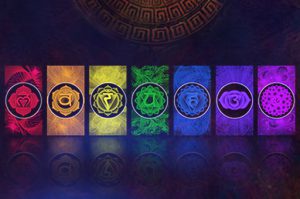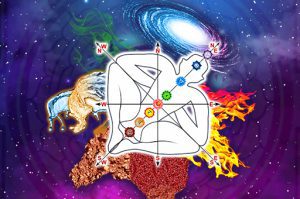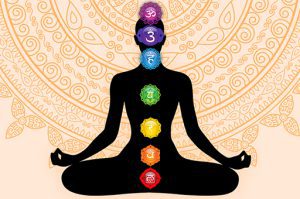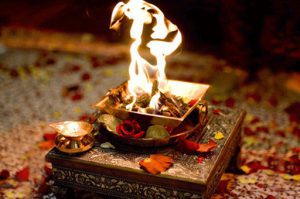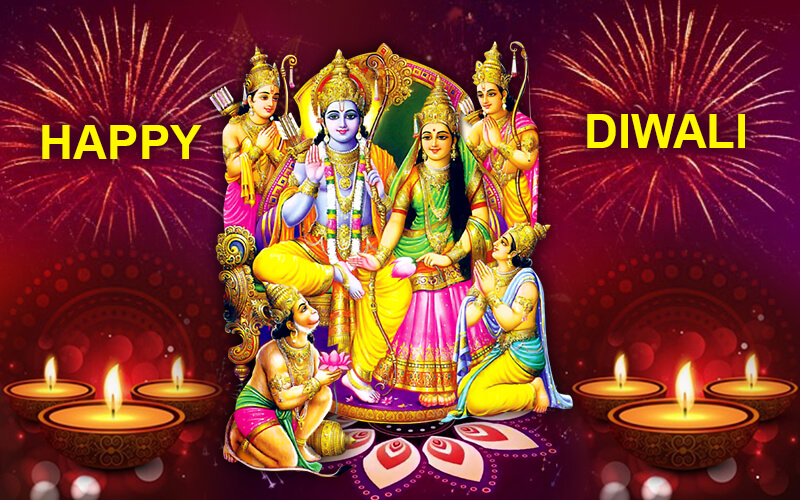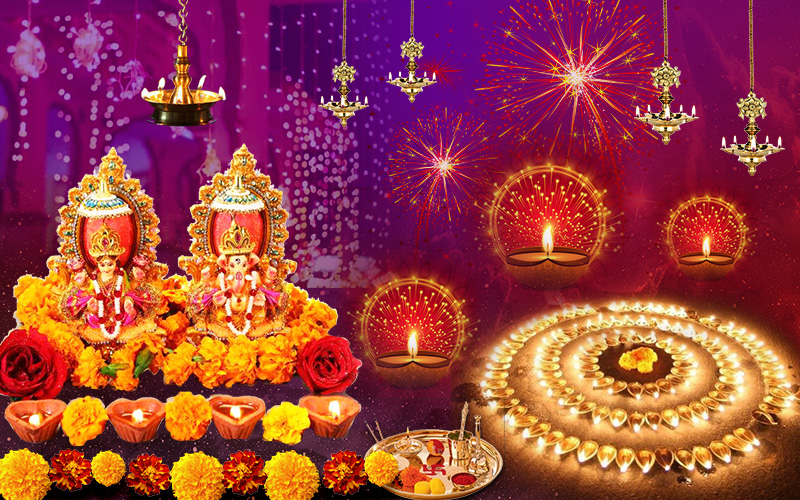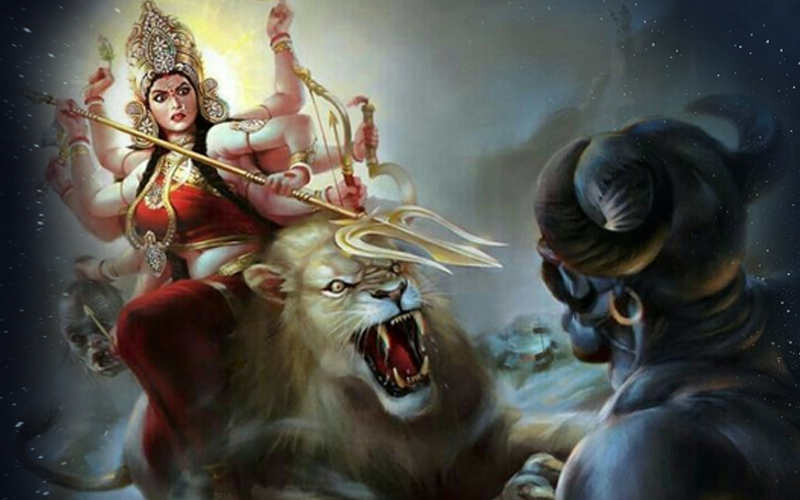
Navratri is one of the most popular Hindu festivals. It honours and worships the nine forms of Goddess Durga or Mahashakti that invokes inner power and annihilates the darkness. People observe the nine days with fasting, worshipping the divine mother and with celebrations of Garba dance.
Today, we will delve deeper to understand each form of Durga and how we can harness and awaken Her within us. The connection between Shiva and Shakti forms the crux of this understanding. Shiva is the male, and Shakti is His female counterpart. Shiva is the ‘isness’ and consciousness, while Shakti is the material aspect of Shiva. We all know that consciousness is formless, but if it had a shape, it would be that of Shakti. Our ancient texts address Shakti (Supreme Feminine power) as ‘Prakrati’, ‘Prakriti’ or ‘Nature’. She is also called Maa, which means a mother who is loving, nurturing, protecting and the one who stands firm with you and for you.
When we go through hardships in life, we often ask God ‘why’. Indirectly, we seem to question God for seemingly severe punishment. We need to understand that God is the creator, ergo feminine, the one we call mother. Can a mother punish her child? Understand that it is not Shakti who is punishing us, but it is the absence of God, instead. We often feel we are connected to God, but in reality, we aren’t. There is a vast difference between visiting a temple regularly, praying daily and having a spiritual connection with the Almighty. For instance, just by enrolling a child in a school, you cannot guarantee knowledge and sound education. The child ought to be motivated even after schooling hours with regular practice. Similarly, we need to invest our time, meditate and grow to become one with the Supreme. Thus, it is not Shakti who punishes us but the absence of Shakti.
Let us take a look at all the nine forms of Durga and understand the Shakti we possess and how we can harness it.
1st – Goddess Shailputri
The goddess of the Muladhara Chakra, She signifies stability and strength and is revered on the first day of Navratri. She is Parvati, the wife of Lord Shiva, and She rides a bull, holds a trident in one hand and a lotus flower in the other hand. She is the daughter of “Shail” the sturdy mountain and thus is stable and unwavering.
The first wife of Shiva was Sati, and we all know the story of Sati and how Her father did not invite Her Husband, Shiva to the grand Yagna organised by him. Yet, Sati attended the Yagna, and when She found that Her father spoke ill about Her husband (Lord Shiva), She jumped into the Holy Yagna out of remorse.
Let us understand the meaning of this story.
Our thoughts are symbolic of Sati. We have a wavering mind, and we either continuously think about the past or fantasise about the future. However, nothing can change the past as it is history. Similarly, no one has seen the future and hence, cannot be sure of it. Thus, what remains with us is the present time which is the Truth. The moment we understand the magnitude of this reality, unnecessary thoughts get destroyed. And that is Sati who realises the futility of going somewhere the soul or Shiva could not go to. Thus when you move forward in your spiritual journey, you must learn to realise and harness your thoughts. Taming your ego, which is the bull, is the first step similar to how Shailputri Devi rides the bull in control. On this day, the devotee or the sadak initiates his journey towards spiritual awakening by worshipping Shailputri.

2nd – Goddess Brahmacharini
Goddess Brahmacharini is the goddess of the Swadhisthana Chakra and represents true identity. ‘Brahma’ means Brahman, the consciousness of Lord Shiva and ‘charini’ means ‘achaar’ or nature. Thus, Brahmacharini signifies the Nature of Brahman. According to Her iconography, She holds a Rudraksha mala in one hand because Rudraksha is the seed that purifies you. She has the kamandalanu signifying that She is an ascetic. She does not wear any footwear and is always bare feet. She is known as the goddess who has observed intense Tapas and deep meditation to connect to Shiva, Her higher self. There are many stories about how She survived on fruits, flowers, leaves, and vegetables. Her penance to marry Shiva lasted over five thousand years and was a combination of patience, poise, determination and strong will-power. This path isn’t easy, but it is what you need to walk to merge in the true love of the divine.

3rd – Goddess Chandraghanta
Goddess Chandraghanta is the goddess of power, and the Manipura Chakra and is revered on the third day of Navratri. Her iconography depicts Her riding on a Lion which stands for Dharma- the truth that gives you power. You can see so many divine weapons in Her hands, and She has got a Moon on Her forehead. She is the Parvati who finally married Shiva and followed Her life’s purpose. According to the legend, on the designated day of their marriage, the mother of Goddess Parvati fainted as she was scared to see Lord Shiva’s aghor avatar where His body was covered in ashes, and He had a snake around His neck, while small demons led the marriage procession When Parvati saw Lord Shiva’s appearance, She took the form of Chandraghanta, and She said that I am a reflection of Shiva. Pleased, Shiva placed a moon made out of sandalwood on Her head, stating that She had mastered Her moon, that were Her emotions. Ergo, She is the goddess Chandraghanta, the goddess of power. And just like Maa Chandraghanta, you must master the art of controlling your emotions and harness them for radiating power to walk on the path of Dharma.

4th – Maa Kushmanda
Maa Kushmanda is the fourth goddess we revere on the fourth day of Navratri. She is the creator and the goddess of the Anahata Chakra. The name ‘Kushmanda’ is derived by joining two words where the word ‘Kush’ means small, and ‘ush’ is ushna or energy and ‘anda’ is egg. She represents the energy of the cosmic egg. When the universe was created, the sun was established to sustain it. Kushmanda stationed Herself in the centre of the sun and became its energy. As the goddess of primordial creation, She resides in the heart with a radiant face and a golden body complexion. When you pray to Her, you awaken the Heart Chakra. Goddess Kushmanda signifies creation, unconditional love, empathy and deep compassion. From Kushmanda Maa, you need to learn how to be compassionate, self-disciplined and harness these emotions for succeeding in life.

5th– Goddess Skandamata
The fifth goddess is Skandamata, who represents purity and is the goddess of the Vishudha Chakra. According to the iconography, She sits on a lion, and She carries the six-headed Skanda or Lord Kartikeya on Her lap. She has mastered the senses, and only the one who has done so, can cross the Vishuddha Chakra of Purity. Kartikeya had mastery over the senses and was the only Almighty who could demolish the devil Tarkasura. Goddess Skandamata mesmerises the worshippers with Her peace, knowledge, tranquillity and purity. Goddess Skandamata gives you that emotional will power, that personal control to rise to truth and righteousness. By offering invocation to Her, you can move towards undiluted thoughts. She shows the direction towards Nirvana or Moksha by teaching us to harness our communication skills and will power effectively.

6th – Goddess Katyayani
Goddess Katyayani is revered on the sixth day of Navratri, and She represents the mental powers and the third eye chakra. She rides a lion and holds a sword that destroys Kaala (time). She gives instant results, and Her devotees get freedom from all troubles and sufferings in life. She is known to kill the fears that are in the form of demons and sinners. She is invoked for the fulfilment of desires and is called the goddess of marriage. She teaches that you need to destroy all the definitions you have regarding time and space to facilitate divine union. For instance, my spouse should be like this; my job should be like this; my world should be like this, people should or should not be like this etc. If you have a definition, you cannot have a union and cannot see the reality through the power of eternal or Sanatana Dharma.

7th – Goddess Kaal Ratri
Kaal Ratri is the goddess of the lower Muladhara Chakra and is the ruler of the night, the destruction of time and the concept of birth. She rides a donkey, a seemingly foolish animal, and it symbolises that you are foolish if you remain ignorant that this birth is real. In short, She destroys the concept of birth itself. She is the fiercest form of Durga and is the destroyer of ghosts, spirits, the fear of Birth and is the death of time. You need to harness the concept of illusion that this world is real and rise above it through meditation and connecting to your higher self.

8th – Goddess Mahagauri
The goddess of liberation and the Crown Chakra, Mahagauri is the eighth goddess. She rides a bull and is entirely white, which stands for purity. She has mastered the ego and has become pure and grants liberation to those who seek it. After having destroyed the illusion of time, the devotee ascends to the final chakra of liberation. When Parvati observed a heart sacrament to obtain Lord Shiva, She developed a dark complexion. Still, when Lord Shiva accepted Her, the ignorance got washed off, and She became pure white, and that’s why She is the consort of Lord Shiva as Gauri. Here the Sadhaka can ask for liberation from Maa Gauri by destroying the illusions He/She holds.

9th – Goddess, Siddhidhatri
Finally, on the ninth day of Navratri, the goddess of the oneness or the Upper Sahasrara, Goddes Siddhidhatri is worshipped. She sits on the lotus of purity and has realised Her full form. Similarly, the devotee realises his oneness with the Supreme Self and by the grace of goddess Siddhidhatri, is blessed with siddhis or mystical divine powers. She is always in Her heavenly, happy, charming pose and the devotee gets siddhis like Anima, Mahima, Garima, Laghima etc. She teaches us to realise our full potential and our true self.



